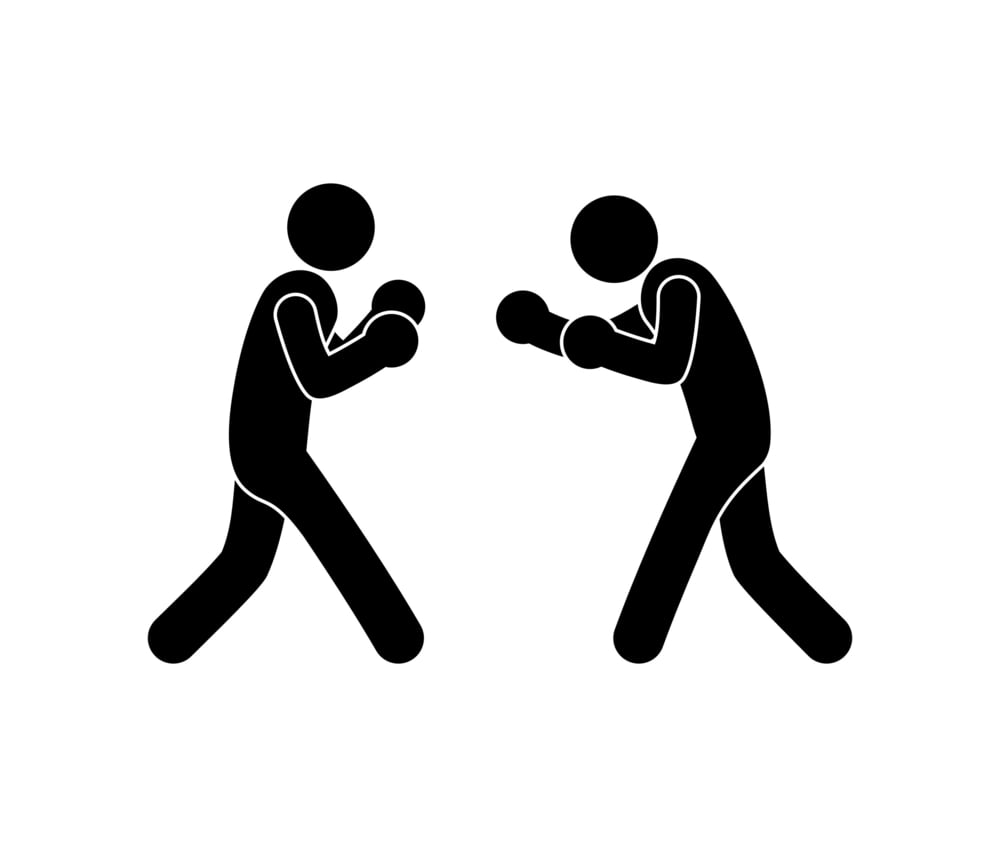The fight between Hyperledger and the Enterprise Ethereum Alliance seems destined to be an all-out battle that will determine which platform will rule the day. Just like the old days when the struggle between video machine formats led to the advancement of one over the other and the demise of the losing platform, so too could be the battle between Hyperledger and the Enterprise Ethereum Alliance (EEA) platforms.
In the famous video machine battle, the Sony platform, Betamax, was in a fight with the video cassette recorder, better known as the VCR. While many believed that Betamax was the better platform, it was the VCR that won the battle and took over the market. It was a sad story for the Sony Betamax, which was shortly thereafter relegated to the same place that eight-track players had found themselves just a few years earlier.
Are we now in for the same kind of fight for market share in the blockchain space, and will we soon see the demise of one once the market has determined which would make for a better investment, use of time, and energy? Maybe not. This battle could actually end up in a tie, and that might be the best result moving forward when it comes to blockchain technology.
The fundamental difference between the two platforms is their user bases. Ethereum targets applications that are easily distributed, while Hyperledger is targeting business applications where flexibility is key. Ethereum, for instance, is not able to shield its transactions from some while granting access to others, which is something that business applications will undoubtedly require. Hyperledger allows for this, while giving its user base a bit more flexibility.
The reason this could end in a tie is that there are some heavy hitters like BNY Mellon, JP Morgan, and others that have put their resources into both competing technologies, and could possibly push both ends toward the middle and get these two entities to work together toward a common goal.
Brian Behlendorf, the director of Hyperledger, has said that no one in his group believes that belonging to one excludes the other, and no one has canceled their membership. Monax will want to use Eris to link with EEA, and if the standards are compatible, it could mean cooperation between the two, which could make for some good news on both fronts.
Behlendorf was also quoted as saying, “There could be others in the future. Or someone could even create the right complements for the fabric to work with EEA standards. Beyond technical collaboration, we would look at whether there would be interest in working together.”
So, in the end, it is really a matter of whether or not the two groups want to work together or not, and that has yet to be determined. As for the technical aspects of merging the two, it will probably only be a matter of time before it is possible, as long as the will to collaborate is present and flowing.

